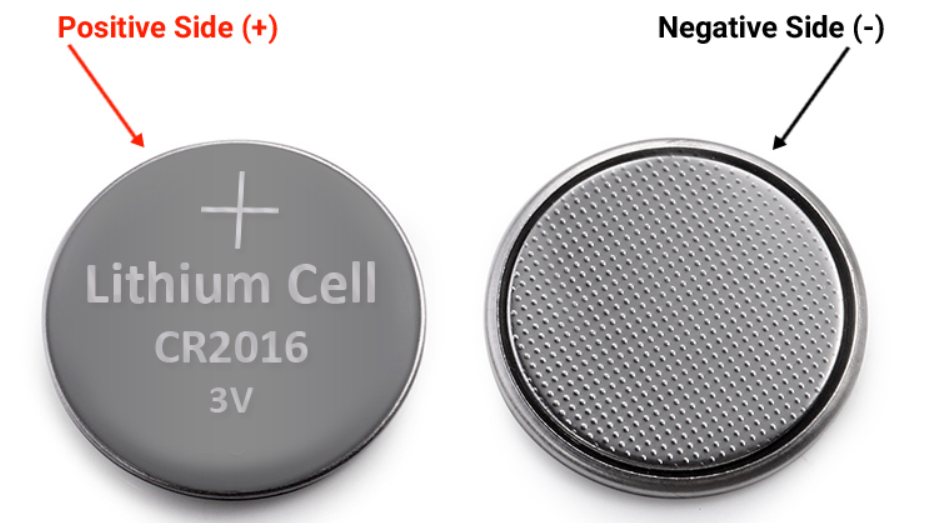The CR2016 battery is a popular button cell battery type used in various small electronic devices such as watches, calculators, and key fobs. However, there may be instances when the CR2016 is not readily available, and it becomes necessary to find an equivalent or alternative battery type. In this comprehensive article, we will discuss the characteristics of the CR2016 battery, its possible equivalents, other button cell batteries, and tips for selecting the right battery for your device.

CR2016 Battery Specifications
Before exploring the alternatives, let’s first understand the specifications of the CR2016 battery:
- Chemistry: Lithium (non-rechargeable)
- Diameter: 20mm
- Height: 1.6mm
- Voltage: 3V
- Capacity: 90mAh (approximate)
CR2016 Battery Equivalents
The most important factors to consider when looking for a CR2016 battery equivalent are the battery’s voltage, diameter, and height. The following are some battery types that can be used as alternatives to the CR2016:
- BR2016: The BR2016 is a lithium battery with similar dimensions and voltage to the CR2016. However, it has a slightly lower capacity and performs better in high-temperature conditions. The BR2016 is suitable for devices that require a stable voltage over a long period.
- CR2025: The CR2025 is another lithium battery type with a 3V voltage. While the diameter is the same as the CR2016, the height is slightly larger at 2.5mm. This difference in height may cause compatibility issues in some devices, so it is essential to check the battery compartment size before using the CR2025 as a replacement.
- CR2032: The CR2032 is a widely available lithium battery with a 3V voltage and the same 20mm diameter as the CR2016. However, it has a larger height of 3.2mm and a higher capacity of around 225mAh. Like the CR2025, you should verify if the battery compartment can accommodate the increased height before using the CR2032 as a replacement.
Other Button Cell Battery Types
Aside from the CR2016 and its equivalents, there are other button cell battery types that you may encounter. Understanding their specifications can help you make informed decisions when selecting a battery for your device:
- AG Series: AG batteries, such as AG3, AG10, and AG13, are alkaline button cell batteries with varying sizes and capacities. These batteries are typically cheaper than lithium batteries but have a shorter lifespan and lower voltage.
- SR Series: SR batteries, such as SR44 and SR621, are silver oxide button cell batteries that offer a stable voltage output and longer life compared to alkaline batteries. They are commonly used in watches and other precision devices.
- LR Series: LR batteries, such as LR44 and LR1130, are alkaline button cell batteries similar to the AG series but with different naming conventions. The performance and specifications are comparable to their AG counterparts.
Selecting the Right Battery for Your Device
When choosing a battery for your device, it’s essential to consider the following factors:
- Voltage: Ensure that the replacement battery has the same voltage as the original battery to avoid damaging your device or affecting its performance.
- Size: Verify that the battery’s diameter and height are compatible with your device’s battery compartment.
- Chemistry: Consider the battery’s chemistry (lithium, alkaline, or silver oxide) and its impact on performance, lifespan, and cost.
- Capacity: Higher-capacity batteries may provide longer battery life, but they could also cause compatibility issues or damage to the device if not suitable. Consult your device’s user manual or the manufacturer for guidance on the appropriate battery capacity.
- Temperature Range: Some devices operate in extreme temperature conditions, and it’s crucial to select a battery that can perform well in those environments. For instance, lithium batteries generally perform better in high-temperature conditions compared to alkaline batteries.
- Shelf Life: If you plan to store the battery for an extended period, consider its shelf life. Lithium and silver oxide batteries typically have a longer shelf life compared to alkaline batteries.
Precautions When Using CR2016 Battery Equivalents
When using an equivalent battery for your device, keep the following precautions in mind:
- Always verify the battery compartment size to ensure the alternative battery fits securely.
- Check the device’s user manual or contact the manufacturer for guidance on compatible battery types.
- Be aware that using a higher-capacity battery may provide longer battery life, but it could also cause compatibility issues or damage to the device if not suitable.
- Properly dispose of used batteries according to local regulations, as lithium batteries can pose environmental hazards if not handled correctly.
Tips for Extending Button Cell Battery Life
To get the most out of your button cell batteries, follow these tips to prolong their life:
- Turn Off Devices When Not in Use: Switch off electronic devices when they are not in use to conserve battery power.
- Store Batteries Properly: Keep unused batteries in a cool, dry place away from direct sunlight and heat sources.
- Remove Batteries from Unused Devices: If you don’t plan to use a device for an extended period, remove the batteries to prevent potential leakage and corrosion.
- Use Quality Batteries: Purchase batteries from reputable brands and retailers to ensure that you are using high-quality products.
Conclusion
The CR2016 battery is a common button cell battery type with several potential equivalents, such as the BR2016, CR2025, and CR2032. When looking for a replacement, consider the voltage, diameter, and height of the alternative battery to ensure compatibility with your device. Always consult your device’s user manual or the manufacturer for guidance on the suitable battery types, and remember to follow safety precautions when using and disposing of batteries.
By understanding the different button cell battery types and their specifications, you can make informed decisions when selecting a battery for your device. With proper care and maintenance, you can prolong the life of your button cell batteries and ensure optimal performance for your electronic devices.